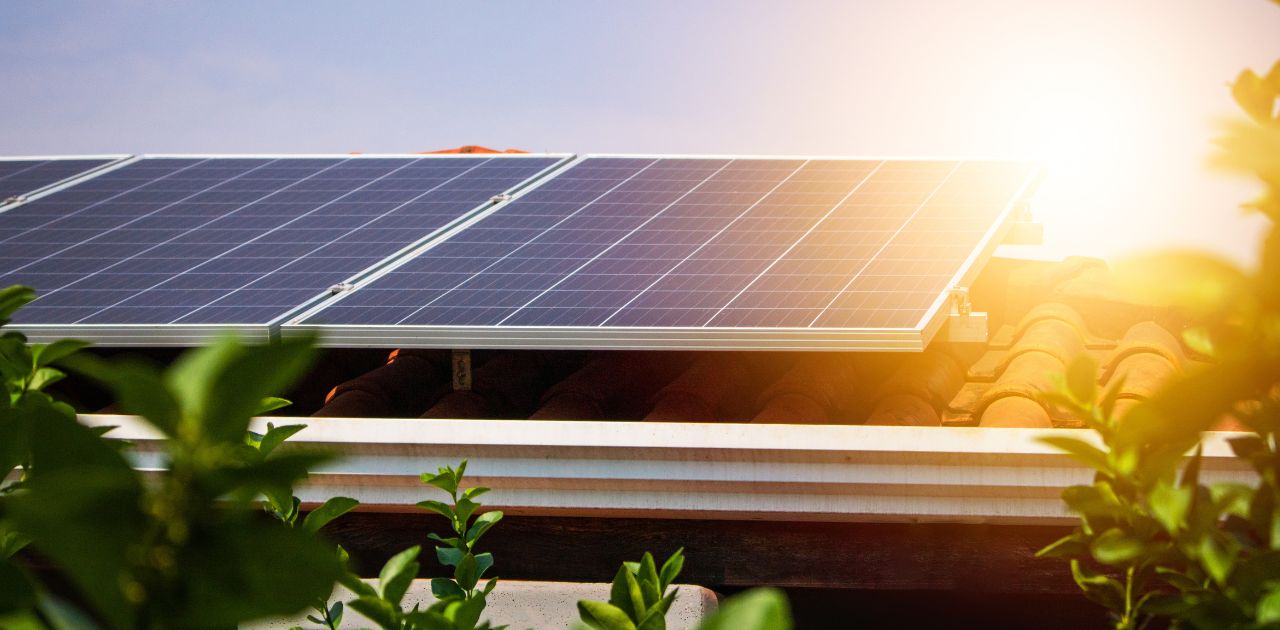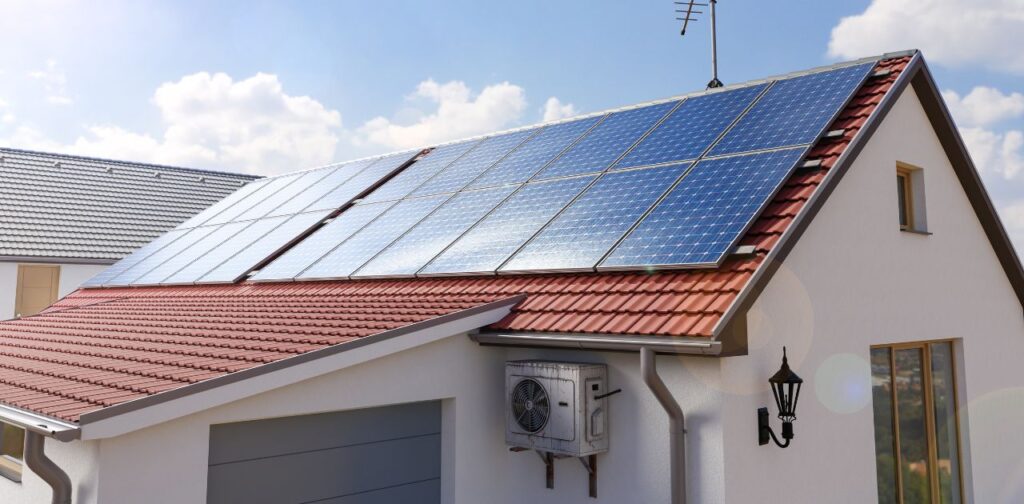
Harnessing Solar Power in India: Benefits, Installation, and Cost-Effective Solutions
The Sun undergoes a process of nuclear fusion, converting approximately 620 million metric tons of hydrogen into helium per second. This fusion reaction results in the emission of a massive quantity of energy, predominantly in the form of light and heat. India, being located in close proximity to the equator, possesses a substantial capacity for harnessing solar energy. In regions characterized by weather patterns that yield over 200 days of sunshine annually, resulting in an estimated energy output of 5500 kilowatt-hours, it becomes essential to effectively utilize easily accessible solar power in order to fulfill the energy requirements.
Benefits of solar energy – the brighter side

- Versatility – Solar panels have the potential to be deployed in various regions, including urban, suburban, and rural areas. The versatility of the technology is evident, as it may also be installed in regions with precipitation.
The solar panel harnesses both direct and indirect sunlight. Even in the presence of cloud cover, solar panels are capable of generating electricity. Additionally, the use of net metering or battery storage systems enables the accumulation of surplus solar energy generated during periods of enough sunlight, which can subsequently be utilized to compensate for instances when solar panels are not actively producing electricity.
- Low maintenance – Solar energy systems need little maintenance due to their limited number of moveable components. The majority of solar-powered systems have a limited number of moveable components, resulting in reduced costs for routine care and a lower probability of repair or replacement of internal components.
Nevertheless, regular checks of solar panels are necessary to verify that the accumulation of dust and debris is not hindering their capacity to effectively capture sunlight. However, these inspections may be conducted at a glance.
- Reduced environmental impact – Solar energy is a prominent example of power production that aligns with environmental consciousness. Through the use of the sun’s abundant and continuous radiation, it generates electrical energy devoid of any detrimental emissions of greenhouse gases or pollutants. In contrast to conventional fossil fuel-based energy sources, solar energy exhibits the advantageous characteristic of being waterless in its operational phase, thereby avoiding any use of water resources. Additionally, solar energy systems do not include any mechanically driven operations that generate noise or cause disruptions. Rooftop solar energy systems provide a notable ecological advantage due to their minimal land usage requirements, which eliminate any potential disruption to natural ecosystems.
Related – New York solar program could change the game of clean energy
Implementation of Solar Power Systems
The process of installing the solar system is simple yet time-consuming. However, here are the following steps to ensure a safe installation –
- Safety Precautions: Before beginning the installation process, it is essential to check that all power sources are completely off in order to mitigate any possible risks or dangers.
- Conduit Installation: Construct an underground conduit channel connecting the residential structure with the predetermined location for solar panel installation. In order to provide the necessary stability, it is essential that the conduit be supported by robust concrete pillars.
- Panel Mounting: Securely attach the solar panels to a specifically designed platform. Angle brackets should be used for the purpose of securely mounting, commencing with the front feet. Achieving accurate alignment is crucial.
- Positioning Solar Array: To achieve optimal sun placement, it is recommended to orient the solar array in a manner that maximizes sun exposure. To obtain ideal solar alignment, it is necessary to elevate and secure the rear legs of the panels.
- Module Interconnection: Establish a connection between solar modules by using junction connectors to form pairs. To establish connections with the output cables of the underground conduit, it is recommended to use suitable MC4 connectors.
- Installing solar inverter: The installation of the solar inverter should be carried out in close proximity to the main electrical panel. To optimize energy storage, it is crucial to establish a reliable link between the solar battery and the system.
- Integration with Power System: The process of establishing a link between the inverter and the main consumer unit in order to permit the production of power.
- Meter Integration: The inclusion of a meter within the system configuration enables the monitoring of power flow and consumption, hence facilitating the acquisition of significant insights into the functioning of the system.
- System Activation and Testing: Commence the activation of the power supply and carry out comprehensive testing protocols to validate the efficacy of the installation.
Cost-effective solutions
The utilization of solar energy has become a fundamental aspect of renewable energy in the quest for sustainable and cost-effective energy solutions. Solar energy, which is abundant and readily accessible, offers a variety of cost-effective alternatives that are in line with both environmental conservation and financial management.
- Solar water heaters utilize solar energy to heat water intended for household purposes. Solar panels might be considered a smart investment, particularly in regions with ample sunlight, due to their potential to substantially reduce costs associated with water heating.
- Solar chargers have the capability to provide electricity to compact electronic devices such as smartphones, tablets, and portable speakers. Portable power banks are advantageous for engaging in outdoor activities and offer the added benefit of reducing expenses associated with device charging.
- Community solar projects involve the provision of shared solar installations, wherein numerous people collectively participate in a larger solar energy system. This option may be advantageous for individuals who are unable to install solar panels on their premises since it offers a more affordable means of accessing the benefits of solar energy.
- Do-it-yourself solar kits are readily accessible for more modest uses, such as the charging of batteries or the provision of power to small appliances. The kits are equipped with pre-assembled components, thereby facilitating the establishment of an individual solar system.
- Solar window films or shades are effective in mitigating heat transfer through windows, thereby diminishing the necessity for cooling systems during warmer periods. This phenomenon can lead to reductions in energy consumption and improvements in the overall comfort levels experienced indoors.
Conclusion – In the pursuit of sustainable energy solutions in India and the corresponding sustainable brands that offer them, solar energy emerges as a reliable and enduring ally. A review of the advantages, installation procedures, and economically viable uses of solar energy highlights its capacity to transform energy systems, while also ensuring the preservation of our environment for future generations.
Related – New York solar program could change the game of clean energy

Prachi, an accomplished Chief-Editor at The Sustainable Brands Journal, has 15+ years of experience in Europe, the Middle East, and India, managing 90+ global sustainable brands. She’s a prolific writer in sustainability, contributing to various publications. Prachi’s unwavering passion and expertise make her a recognized authority, driving positive change and inspiring a sustainable future.





